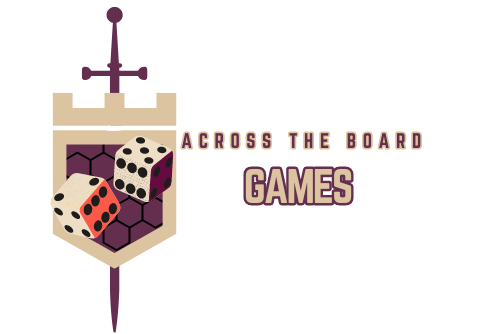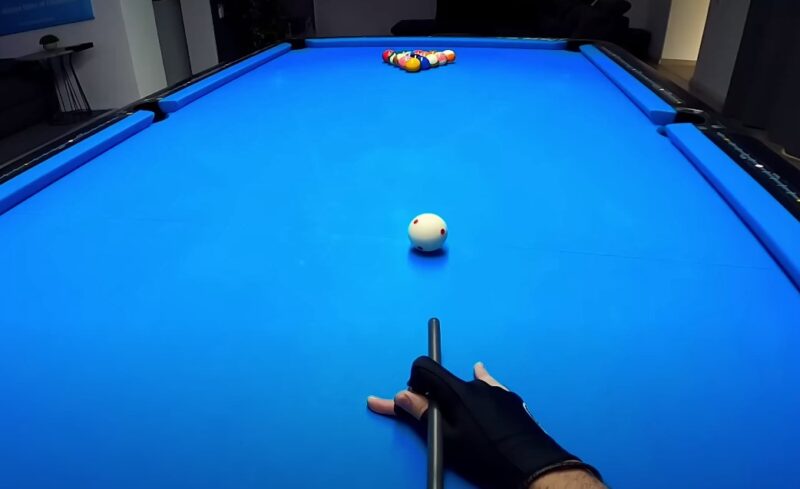If you’re ready to explore the world of cue sports and sharpen your skills in this thrilling game, you’ve come to the right place. In this comprehensive guide, we’ll tackle the subject head-on, providing you with straightforward insights and practical tips to help you become a master of 10 Ball Pool.
Whether you’re a beginner looking to learn the basics or an experienced player aiming to refine your strategies, this guide will equip you with the knowledge and techniques you need to excel in this game. So, cue up, rack ’em, and let’s get started
The Basics
10 Ball Pool is a sophisticated cue sport, a variation of a pool that utilizes ten numbered balls (1-10) and a cue ball. The game’s objective is simple yet challenging: legally pocket the 10-ball after making contact with the lowest numbered ball on the table.
This requires not only skill and precision but also a strategic mindset to outmaneuver your opponent. It’s a game that combines elements of luck, skill, and strategy, making it appealing to a wide range of players.
The excitement of this game lies in its unpredictability and the diverse strategies players can employ, making every match a unique and thrilling experience.
Setting Up
The game begins with the balls arranged in a triangle rack, placing the 1-ball at the apex and the 10-ball at the center. The initial break shot is crucial in 10 Ball Pool. It sets the stage for the game and can often be a deciding factor in the match’s outcome.
The player who successfully pockets a ball, or drives at least four numbered balls to the rails, continues their turn. This opening move is a blend of power and precision, often reflecting a player’s style and skill level.
The break can be both an opportunity and a challenge, with players striving to strike the perfect balance between force and control.
Taking Your Shots
In this game, the rule is clear: the lowest-numbered ball must be hit first on each shot. Failure to do so results in a foul, giving the opponent a significant advantage. This demands not only precision in striking but also in planning each move carefully.
Players need to think several steps ahead, anticipating the cue ball’s trajectory and positioning for subsequent shots. It’s a game where foresight and strategy play as crucial a role as the skill in executing shots.
Every stroke is a blend of tactical thinking and technical prowess, making 10 Ball Pool a mentally stimulating and physically challenging game.
Rules and Fouls
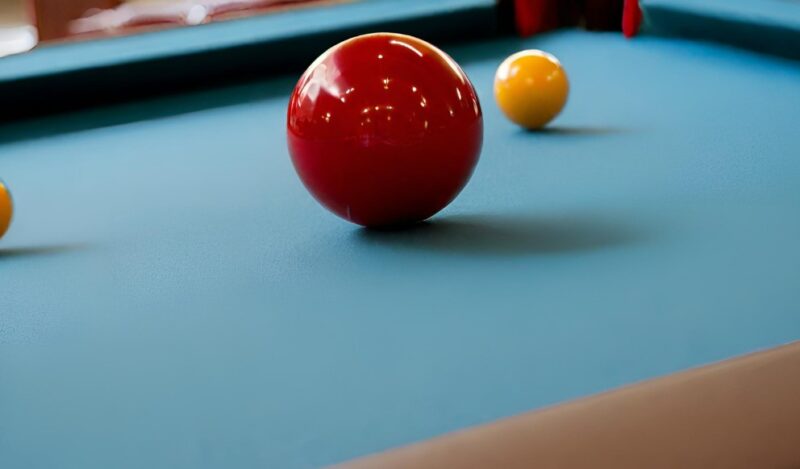
A deep understanding of the game’s rules is crucial for any player. A legal shot in the 10 Ball Pool requires the player to first hit the lowest numbered ball and either pocket a ball or drive any ball to the rail after contact.
The ultimate goal is to legally pocket the 10-ball, which results in an instant win. These rules add layers of complexity to the game, demanding a high level of skill and strategic planning.
Players must continuously adapt their strategies based on the evolving game situation, making it a dynamic and engaging sport.
Fouls to Avoid
Fouls can drastically change the course of the game in 10 Ball Pool. They include not hitting the lowest numbered ball first, failing to drive any ball to the rail after contact, and potting the cue ball (known as a scratch).
After committing a foul, the opponent gains a significant advantage by obtaining the ‘ball in hand,’ where they can place the cue ball anywhere on the table for their next shot. Avoiding fouls is as important as executing successful shots, as they can turn the tide of the game, often shifting the momentum to the opponent.
Consecutive Fouls
Consecutive fouls are particularly detrimental in 10 Ball Pool. Accumulating three consecutive fouls can lead to severe penalties, including losing the game in professional settings. This rule underscores the importance of consistent, focused play and strategic thinking.
Players must be vigilant and adaptable, ensuring they avoid patterns of play that could lead to repeated fouls. This aspect of the game adds an additional layer of tension and requires players to maintain a high level of concentration throughout the match.
Equipment and Environment
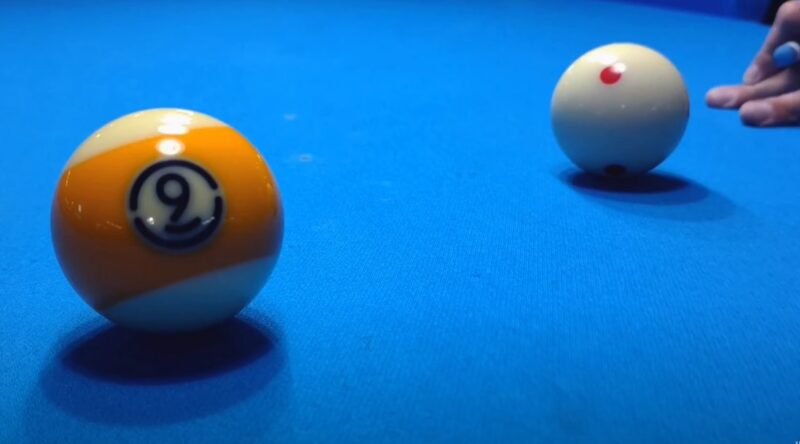
Choosing the Right Cue
Selecting the appropriate cue is a critical decision for any player. The cue should feel like an extension of the player’s arm, offering the right balance, weight, and tip hardness that suits their playing style. Experimenting with different cues can greatly influence a player’s control and accuracy.
The cue is a player’s most important tool, and finding the right one can make a significant difference in performance. It’s about comfort, control, and compatibility with the player’s technique and approach.
The Playing Table
The standard playing table for the 10 Ball Pool is 9 feet long, with specific felt and cushion qualities that affect ball movement. Players should take time to familiarize themselves with the table’s characteristics, as different tables can have varying speeds and responses.
Understanding and adapting to these nuances can greatly enhance a player’s game. Whether practicing at home or competing in a club or tournament, being attuned to the table’s behavior can provide a competitive edge.
The Atmosphere
The playing environment significantly influences a player’s performance. In a tournament setting, the atmosphere is often intense, with higher stakes and increased pressure. Players should practice in various conditions to adapt to different environments.
This could include playing in noisier settings, under different lighting, or against unfamiliar opponents. Adapting to these conditions can help players maintain their composure and focus during crucial moments in the game.
Developing Your Strategy
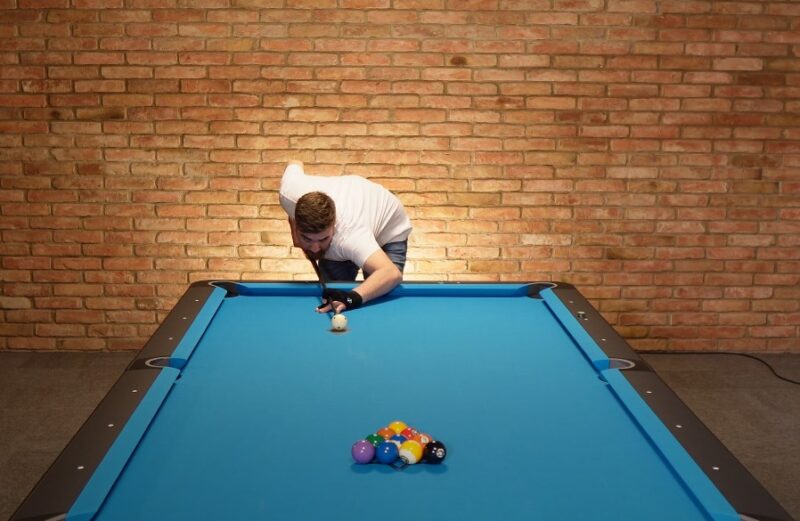
Play Smart!
In this game, the key to success lies in smart, strategic play. It’s essential to think several moves ahead, planning not just for the current shot, but how it sets you up for the next one. This requires a keen understanding of angles, power, and the subtleties of spin.
A well-thought-out strategy can help you control the table and outmaneuver your opponent. Consider each shot an opportunity to either position yourself for an easier next shot or to place your opponent in a difficult situation.
Smart play also involves knowing when to go for a shot and when to play defensively, a skill that distinguishes great players from good ones.
Safety Play
Safety play is a crucial element in 10 Ball Pool. It’s about strategically placing the cue ball or other balls in such a way that your opponent is left with a difficult or no shot. This aspect of the game requires foresight, creativity, and an understanding of your opponent’s strengths and weaknesses.
Effective safety play can force errors from your opponent, giving you control of the table. It’s a defensive tactic that, when used wisely, can be as impactful as an offensive play. Mastering this aspect of the game can significantly increase your chances of winning, especially in tight situations.
Break Strategy
The break shot in 10 Ball Pool is more than just the opening move; it can set the tone for the entire game. A strong, well-executed break can disperse the balls favorably, potentially pocketing one and setting up your next shots.
However, it’s crucial to balance power with control. An overly aggressive break can lead to a scratch or leave the balls in a disadvantageous position. Practicing different break techniques to find the most effective one for your style is essential.
The right break strategy can give you a significant advantage, making it an integral part of your overall game plan.
Mental Game and Focus
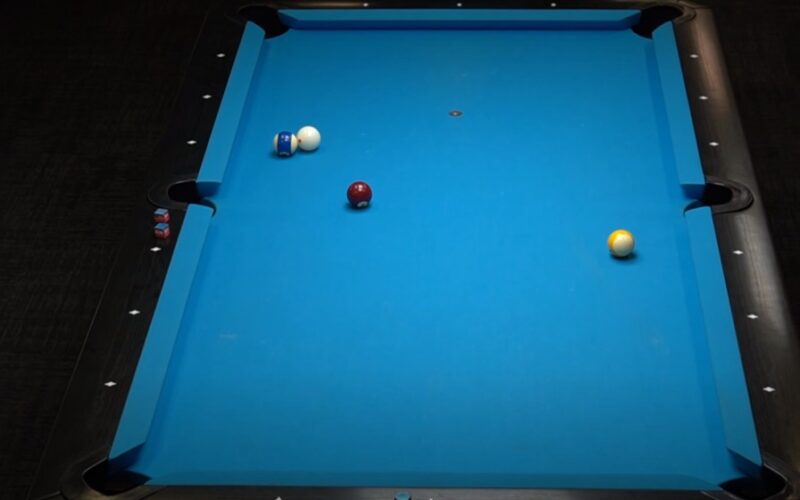
Maintaining focus, staying calm under pressure, and handling unexpected turns in the game are as important as your physical skills. Developing a mental routine before each shot can help steady your nerves and improve concentration.
This could include deep breathing, visualizing the shot, or a specific pre-shot ritual. Mental toughness is often what separates the good players from the great ones. It’s about keeping a clear head, making smart decisions, and staying resilient, even when the game isn’t going your way.
Coping with Pressure
Pressure is an inherent part of a competitive game. Learning to manage this pressure is critical. Techniques like controlled breathing, positive self-talk, and mental visualization can help in maintaining composure. Remember that every player faces pressure and how you handle it can define your game.
Embrace these high-pressure situations as opportunities to demonstrate your skill and composure. Regular practice under simulated pressure conditions can also help in acclimatizing to the real thing, making you better prepared for competitive scenarios.
Stay Sharp
Mental fatigue can be a significant factor in 10 Ball Pool. A sharp, focused mind is essential for consistent performance. Ensure you’re well-rested before a game, stay hydrated, and take short breaks when necessary.
A healthy lifestyle, including regular exercise and a balanced diet, contributes to overall mental sharpness. Additionally, engaging in mental exercises or playing other strategic games can improve your cognitive abilities, directly benefiting your pool game.
Remember, a sharp mind leads to sharp play, so taking care of your mental health is as important as practicing your physical skills.
Advanced Techniques and Practice
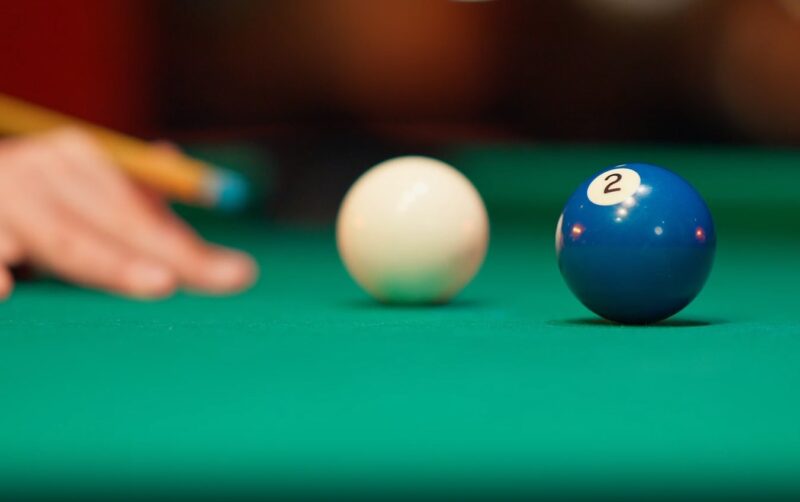
Mastering Spin and English
The use of spin, or “English,” on the cue ball, is a sophisticated technique in 10 Ball Pool. It allows you to control the cue ball’s trajectory and speed after it hits the target ball, which is essential for positional play and escaping tricky situations.
Mastering different types of spin – top, bottom, left, and right – requires practice and understanding of how spin affects the cue ball and object balls. Experimenting with spin under different conditions will help you understand how to use it effectively in your game.
Mastery of spin is a sign of an advanced player and can significantly enhance your ability to control the table.
Drill Practice
Practicing specific drills is crucial for improving your 10 Ball Pool game. Focus on areas like long potting, precision in breaking, safety plays, and controlling the cue ball. Drills help in building muscle memory and improving consistency. Set realistic goals for each practice session and track your progress over time.
Repeating specific drills can also help in identifying areas of weakness in your game, allowing you to focus your practice where it’s needed most. Incorporating a variety of drills into your routine ensures a well-rounded development of your skills.
Learning from the Pros
Observing professional players is an excellent way to enhance your understanding and skills. Pay attention to their shot selection, cue action, and how they handle different situations under pressure.
Many professional players have distinct styles and strategies, and analyzing these can provide you with new ideas and techniques to incorporate into your own game.
Additionally, many professionals share insights and tips through tutorials, books, and online content, which can be extremely valuable for players at any level. Learning from the pros is not just about mimicking their shots but understanding the reasoning behind their choices.
Common Mistakes
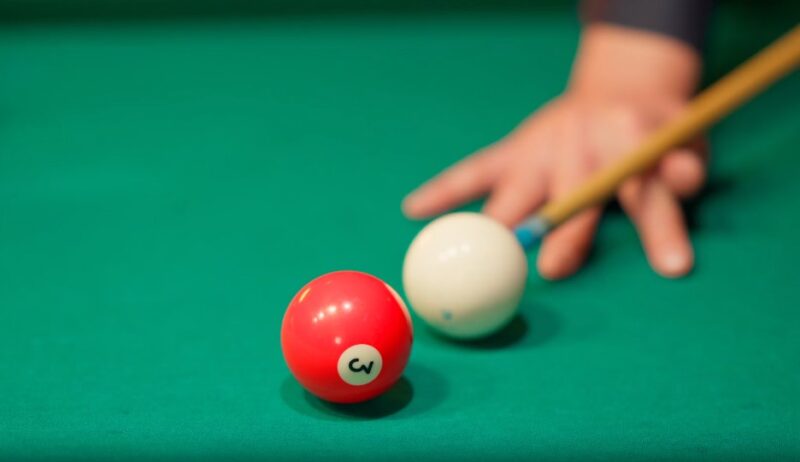
1. Overcomplicating Shots
A frequent error in this game is making shots more complex than necessary. The best approach often involves simple, effective shots that maintain control of the game. New players, in particular, might be tempted to mimic complicated shots they’ve seen professionals execute.
However, such shots require high skill levels and carry significant risks. It’s important to play within your capabilities and focus on consistent, reliable shot-making. Simple shots executed well can set you up for success, whereas overly ambitious shots can lead to unnecessary errors and give your opponent an advantage.
2. Ignoring Table Layout
Failing to properly analyze the table layout is another common mistake. Each shot should be taken with an understanding of how it affects the positions of other balls and your opportunities for future shots.
Beginners often focus solely on potting the current ball without considering the next position. Taking a moment to assess the table layout and plan your approach can significantly impact your overall game strategy.
This holistic view of the table helps in making more informed decisions, leading to a more controlled and strategic game.
3. Losing Focus
Losing focus during a game can be detrimental. Distractions, whether internal or external, can lead to poor shot selection and execution. It’s essential to develop the ability to maintain concentration throughout the game, regardless of the situation.
This might involve techniques to block out distractions, refocusing strategies after a missed shot, or methods to manage game-related stress. Consistent focus is key to maintaining a high level of play, and losing it, even momentarily, can swing the game in favor of your opponent.
How to Prepare for Competitive Play
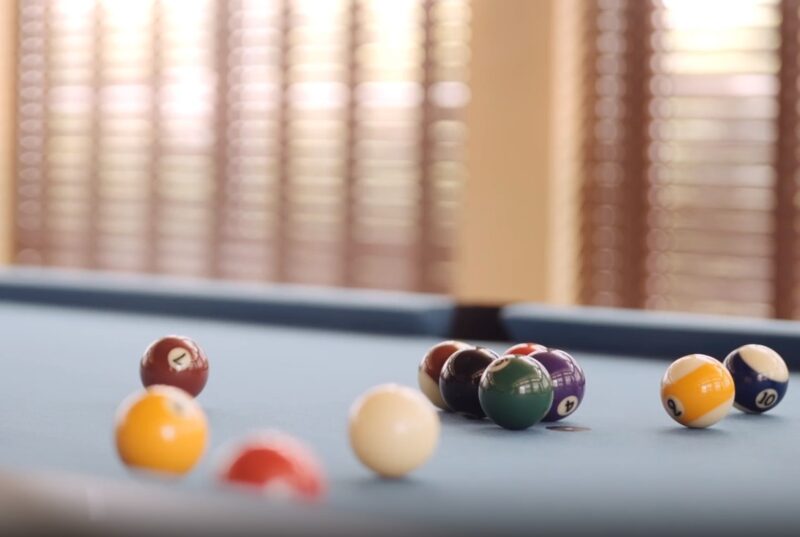
Practice Under Pressure
To excel in a competitive 10 Ball Pool, practicing under pressure is crucial. You can simulate match conditions by setting up high-pressure scenarios during practice sessions. For example, playing against a clock or setting specific challenges, like clearing the table without fouling, can mimic the stress of a real match.
This kind of practice helps in acclimatizing to the pressure of competitive play and improves decision-making under stress. Being comfortable in high-pressure situations is a hallmark of a seasoned player and can give you a significant advantage in tournaments.
Make Sure You Understand Tournament Rules
Each tournament might have its own set of specific rules or variations of the standard rules. Being thoroughly familiar with these can prevent costly mistakes and give you a strategic edge. This includes understanding nuances in fouls, ball placements, and specific tournament conduct.
Lack of awareness of these rules can lead to unexpected penalties or missed opportunities. Prior to any tournament, take the time to study and understand the rule set thoroughly, as this knowledge is just as crucial as physical skill in the game.
Building Stamina
Physical and mental stamina is important, especially in tournaments that can span several hours or days. Regular physical exercise enhances endurance, ensuring you remain sharp throughout long matches.
Mental stamina is equally important; practicing meditation or engaging in activities that require concentration can help build mental resilience. A physically and mentally fit player is better equipped to handle the rigors of competitive play, maintain consistency, and perform at their best under challenging conditions.
FAQs
Can I win a game of 10 Ball Pool by pocketing the 10-ball on the break?
Yes, pocketing the 10-ball on the break is considered a legal and winning shot. However, this is a rare occurrence due to the initial positioning of the 10-ball in the rack. Achieving this requires a combination of power, accuracy, and a bit of luck.
Is a jump shot a legal move in 10 Ball Pool?
Jump shots are generally legal in 10 Ball Pool, but it’s important to check specific tournament or league rules as they can vary. A jump shot, where the cue ball is made to leap over an obstructing ball, requires skill and is often used to get out of difficult situations. However, players must execute them without committing a foul like touching another ball.
How can I determine the best cue tip hardness for my playing style?
The best cue tip hardness depends on your playing style and preference. Softer tips allow for more spin and control but wear down faster, while harder tips offer more power and are more durable. Experiment with different hardness levels to see which suits your style of play – control and precision versus power and long shots.
Are there specific exercises to improve my 10 Ball Pool game?
Yes, exercises like eye-hand coordination drills, stability exercises for a steady hand, and general physical fitness can significantly improve your game. Additionally, practicing precision and control drills on the pool table, such as long straight shots and cue ball control exercises, can enhance your skills directly.
What’s the best way to practice breaking in 10 Ball Pool?
To practice breaking, focus on the consistency of your stroke, the point of contact on the cue ball, and the speed of your break. Experiment with different positions and speeds to find the most effective break for your style. Consistent practice will help you develop a powerful and effective break shot.
How can I improve my decision-making skills in the game?
Improving decision-making skills in 10 Ball Pool involves studying various game scenarios, learning from experienced players, and playing numerous practice games. Analyzing each situation, understanding potential outcomes, and learning from your mistakes are key.
Consider playing simulation games or using training software that provides different in-game scenarios for practice.
Summary
In conclusion, playing 10 Ball Pool is about combining skill, strategy, and mental sharpness. Mastering this game requires practice, learning the rules, and developing tactical thinking. Whether for fun or competition, embrace the challenge, enjoy the game, and keep improving. Good luck!
